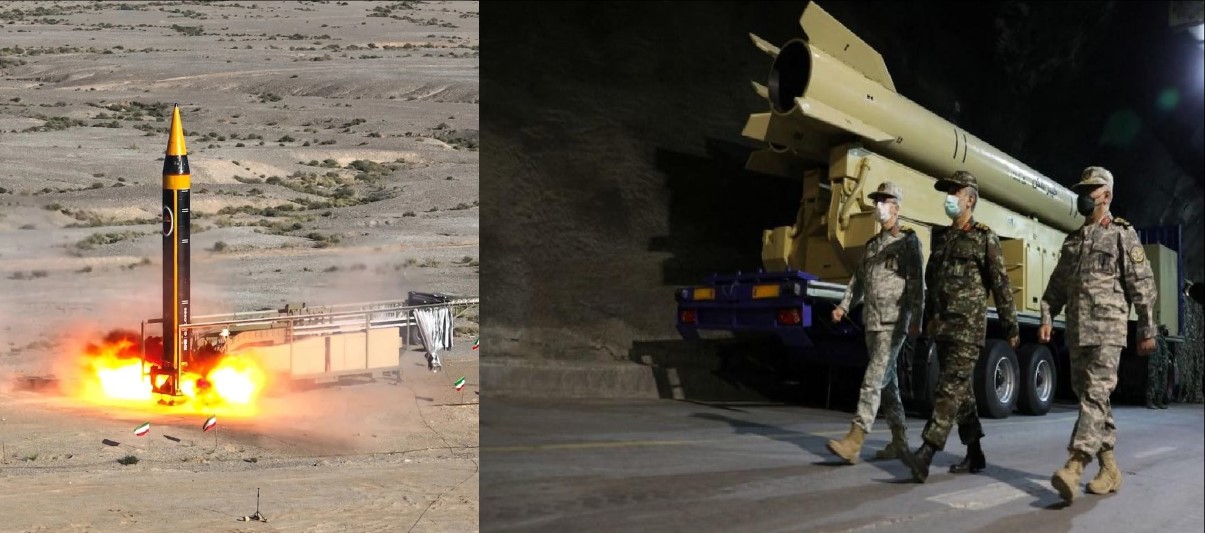Indian Navy Tracks 3 Chinese Research Vessels Operating in Indian Ocean Region

The Indian Ocean, a vital corridor for global trade and strategic military operations, is witnessing increased activity from Chinese research vessels, raising eyebrows among regional powers like India. Currently, three Chinese state-linked research vessels—Xiang Yang Hong 03, Zhong Shan Da Xue, and Yuan Wang 7—are operating in the Indian Ocean Region (IOR). While these ships are officially on scientific missions, their dual-use capabilities suggest they might be gathering intelligence with potential military applications.
The **Xiang Yang Hong 03**, a sophisticated oceanographic research ship, is equipped with advanced sensors for underwater mapping and marine surveys. On paper, it’s a tool for scientific exploration, but its capabilities also allow it to collect data that could be vital for military operations, such as submarine navigation or anti-submarine warfare. This dual nature of its mission raises concerns about what its presence in the IOR truly signifies.
Then there’s the **Zhong Shan Da Xue**, named after Sun Yat-sen University, which is also engaged in oceanographic research. However, its activities are closely monitored due to suspicions that it might be conducting strategic surveillance. The Indian Ocean is a critical area for naval operations, and any data collected here could enhance China’s ability to operate in these waters, challenging the balance of power in the region.
The **Yuan Wang 7** adds another layer of complexity to China’s maritime activities in the Indian Ocean. Unlike the other two vessels, the Yuan Wang 7 is primarily a tracking and telemetry ship, part of China’s space support fleet. It plays a crucial role in monitoring satellite launches and intercontinental ballistic missiles (ICBMs). Its presence in the Indian Ocean suggests that China’s strategic interests extend beyond conventional military operations, possibly into the realm of space and missile technology. This could be part of a broader effort to project power and secure China’s interests in the Indian Ocean, far from its home shores.
The strategic implications of these operations are significant. The Indian Ocean is not just any body of water—it’s home to key chokepoints like the Strait of Malacca, through which a significant portion of the world’s oil trade passes. China’s maritime presence in these waters could be seen as an attempt to secure its interests and project its power in a region that is crucial to global trade and energy security. For India, which considers the Indian Ocean its backyard, the presence of Chinese vessels is a direct challenge to its influence in the region.
India, along with its partners like the United States, Japan, and Australia, is closely monitoring these developments. The growing presence of Chinese research vessels in the Indian Ocean underscores the need for enhanced maritime domain awareness and stronger cooperation among regional navies. Ensuring the security and stability of the Indian Ocean is not just a regional concern but a global one, as the outcomes of these maritime activities could have far-reaching implications.
In conclusion, the operations of Chinese state-linked research vessels in the Indian Ocean are a clear sign of Beijing’s expanding strategic interests in the region. While their missions are officially scientific, the dual-use nature of these vessels suggests a broader agenda that could impact regional security. As China continues to assert its presence in these crucial waters, India and its allies must remain vigilant and prepared to counter any potential threats to their maritime interests.
✍️ This article is written by the team of The Defense News.






